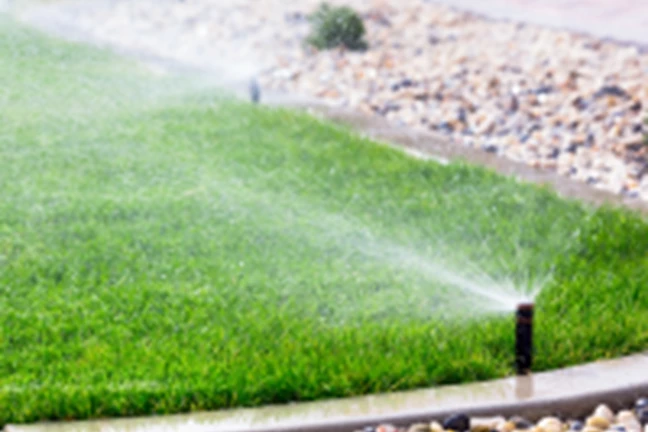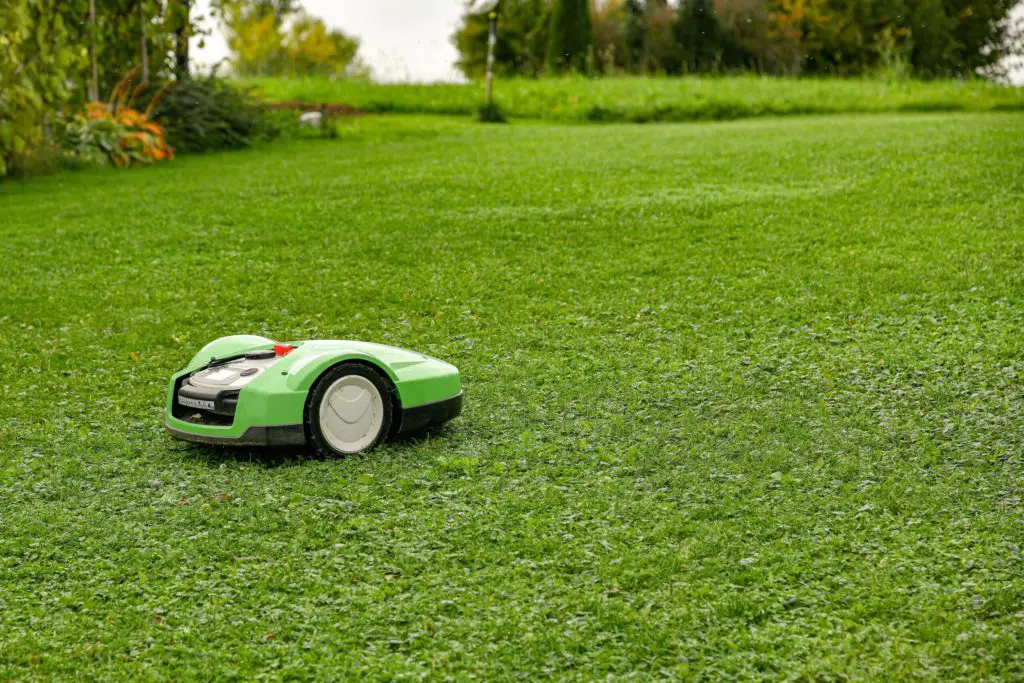What Do You Put On Your Lawn Before Winter?
Last Updated on September 15, 2025 by Duncan
When fall’s chill penetrates the night air, it’s time to winterize your lawn. The benefits of winterizing a lawn may not be apparent until spring, but implementing these procedures as cold weather arrives can result in a healthier, greener, and lusher grass when the weather heats up again.
Are you wondering what you can put on your lawn before winter? One of those things you should apply is winter fertilizer.
How do you choose winter fertilizer?
Every lawn is bound to benefit from a winter fertilizer. You should note that this procedure is especially important if your lawn is made mostly of cool-season grasses like fescue, bluegrass, and perennial rye grass.
Because these turf species thrive in milder fall temperatures, they gain the most from a hefty dose of winter fertilizer.
Winter lawn fertilizer is high in potassium, which strengthens the roots and helps the grass withstand cold weather. A thorough winter lawn treatment keeps your turf robust and green all fall, ready to liven up again when spring arrives.
If you have a warm-season lawn (the most popular being Bermuda grass, zoysia, and St. Augustine), spring is the best time to deep feed it.
These types of grass lie dormant when frost arrives, so they don’t need much winter fertilizer, but they do benefit from a light feed of standard lawn fertilizer with slow-release nitrogen to keep things green and healthy as long as possible.
When should you apply winter fertilizer?
The optimal time to winterize your lawn depends on the type of grass you have on your lawn. If you live in a region without winter frost, your warm-season grass may remain quite green all winter. Apply your slow-release nitrogen fertilizer in early autumn.
If you live in a mild winter climate with occasional frost, your warm-season grass will most likely turn dark and dormant. In that case, do not apply fertilizer after September 1.
Other ways to winterize your lawn
Other than applying winter fertilizer on your lawn, there are plenty of other things you should do to get your lawn ready for winter. These things include:
Aerate your grass
Aerating your grass allows water and nutrients to reach the roots quickly and readily, preventing the soil from becoming too hard and compacted. You can aerate a small lawn using “shoes” or a manual push aerator. However, bigger areas of grass necessitate the use of larger push or gas-powered lawn aerators.
A core aerator’s hollow tines cannot easily penetrate hard, dry ground. On a day when the soil is moist but not saturated, make a few passes around the lawn’s perimeter. This will create a buffer zone for turning the big machine around as you run it back and forth across the rest of the lawn.
An aerator lowers soil compaction while increasing air, water, and nutrient penetration. You can rent a power aerator from your local hardware store or garden center.
Overseed your lawn
If your warm-season lawn lies dormant in the winter and you want to keep it green, October is the time to overseed with annual rye grass. This quick-sprouting, fast-growing annual grass offers color to your winter lawn before dying off due to the heat the following year.
Overseeding is also beneficial for cool-season lawns because, once germinated in the spring, the grass seeds will crowd out competing weed seeds. You should overseed cool-season grass in the early to late October.
To overseed your lawn you need to fill a spreader with seed, set the control to around two-thirds of the bag’s recommended amount to account for overlapping passes, and scatter the seed over the compost.
When opening or shutting the hopper, keep the spreader in motion, just as you would with fertilizer. You can save time on large areas by renting a power overseeder, which slices the turf and drops the seeds.
Weed your lawn
You will also need to keep up with weeding in the fall and winter. While certain weeds become dormant in cold weather, their seeds are usually ready to germinate in spring. Pull established weeds by hand and use a pre-emergent pesticide to avoid spring weeds.
Water your lawn
Whether or not you should water your grass in the winter depends on where you live. If you live in a mild winter climate, your lawn still needs to be watered, but you can reduce the frequency to once or twice per week, depending on the temperature, and turn off the sprinklers during wet spells.
To avoid freeze damage, you should switch off your sprinkler systems by the end of October and flush them out.
Top dress your lawn
Aged compost improves soil structure and offers important nutrients. Spread a half-inch layer of aged compost over sparse grass areas to prepare for seeding. You don’t have to be fancy how you do it. Simply hurl off the compost with your hand before working it in with a leaf rake.
Make sure your compost is dry, crumbly, and cool to the touch. If it’s hot and stinks, it’s more likely to contain germs and burn your lawn.
Winter lawn preparation mistakes
Avoid the following blunders when preparing your grass for winter:
- Overwatering as it can cause fungal development and root damage.
- Overfertilization: Using too much fertilizer can damage grass roots and soil health.
- Neglecting aeration: Skipping this step can result in compacted soil and inefficient nutrient uptake.
- Using the incorrect grass seed: Select seeds appropriate for your climate and lawn conditions.
- Ignoring Soil pH: Failure to adjust pH imbalances can impair nutrition absorption.
Parting shot
As you have seen, you need to apply winter fertilizer to get your lawn ready for winter. Properly preparing your lawn for winter not only keeps it healthy, but also aids in its recovery from summer stress, laying the groundwork for a lush, green lawn come spring.
By taking preventative efforts in the fall, you can reduce the danger of illnesses, pest infestations, and other concerns that could weaken your lawn come winter.
Following this complete approach will ensure that your grass receives the necessary care to endure winter conditions. Remember to adjust your technique to your individual grass variety and local climate circumstances for you to get the ideal results.


